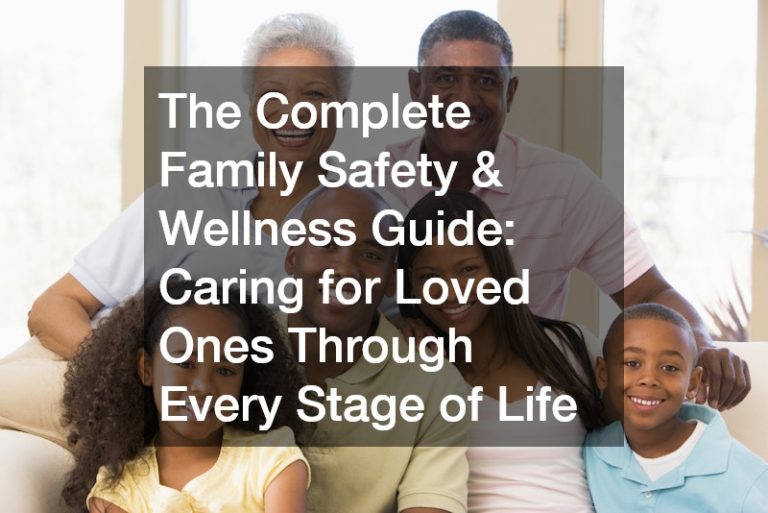Allergies are more common than you think. According to the Asthma and Allergy Foundation of America, around 17 percent suffer from allergies. That’s around 50 million with people. If you live with allergies, then you’re probably familiar with the symptoms. You can experience skin rashes, a runny nose, and swelling. In some cases, exposure to allergens can lead to anaphylactic shock.
The sensible thing to do would be to avoid your allergens. If you have hay fever, then you’d want to avoid spending time outdoors. A windy day during pollen season can cause fits of coughing and sneezing. But what if you’re allergic to your pets? Let’s say you’ve spontaneously developed a pet allergy, which happens more often than you think. Getting puppy training in Tampa can help encourage pet behaviors that minimize your exposure to pet dander.
There are other things you can do to minimize your allergy attacks. For instance, your home could be full of allergens such as mold, dust, and mites. It’s important to act decisively if you want to solve your problems. Let’s begin.
1. Know your triggers
If you’ve lived with allergies all your life, then you’re already familiar with your triggers. But people who develop allergies later in life may not know how to identify and avoid possible allergens. They may also be allergic to other things, but they still haven’t been properly diagnosed. If that’s your situation, you’ll need to see an allergist right away.
Let’s say you’ve suddenly developed hay fever. It could be caused by various factors, including dust, pet dander, and pollen. It’s hard to take precautions against the unknown. If you want to protect yourself from allergies, you need to know what’s causing them.
2. Start with where your sleep
Some allergens can be found in your home. You could even be sleeping next to them. It’s important to replace your sheets often, especially if you live in a humid area. Dirty pillows and sheets can harbor dust mites and cause allergic rhinitis. Old mattresses are common hiding places for allergens as well.
While you can always wash dirty sheets, mattresses are a bit more challenging to clean. You may want to use a plastic cover to prevent dirt and dust from seeping into the fabric. Pillows made of hypoallergenic material should also help keep your bedroom free of allergens.
When buying new bedding, make sure to look for silk or latex sheets. Not only are they hypoallergenic, but they also regulate temperature better compared to cotton. Replace your bed linen at least once a week, more if you’re prone to night sweats.
3. Air out your home
Humidity and moisture are two significant causes of mold. You’ll want to repair leaky areas right away before the mold sets in. Keep in mind that there may be hidden pockets of moisture throughout your home, so it pays to hire a professional to perform an inspection. Unfixed water leaks could lead to major water damage and thousands of dollars in repairs.
You also need to be careful to keep certain areas of your home dry. Bathrooms and kitchens are constantly exposed to moisture, and it’s important to keep these places dry to prevent mold growth. You can open the windows to let fresh air circulate within your home. Wipe any spills and pools of water right away.
4. Check the ventilation
Your home’s first line of defense against outside allergens and contaminants is its ventilation or air-conditioning system. Without it, air would quickly grow stale and allergies would slowly build up inside your home. It’s important to inspect the ventilation at least once a year to keep the air flowing.
You may need to invest in HEPA filters for some environmental allergens. While your regular filter can remove dust from the air, it may not be enough to trap pollen and spores. It also helps to have your ventilation system cleaned every other season to ensure maximum filtration.
A final word
These four tips will help you protect yourself from allergens both inside and outside your home. Apart from taking medication and wearing a mask, there’s not much you can do to protect yourself from environmental allergens. However, your home is entirely within your control, and small actions now can go a long way down the line. If your symptoms get worse, you may want to see your allergist about treatment options.




